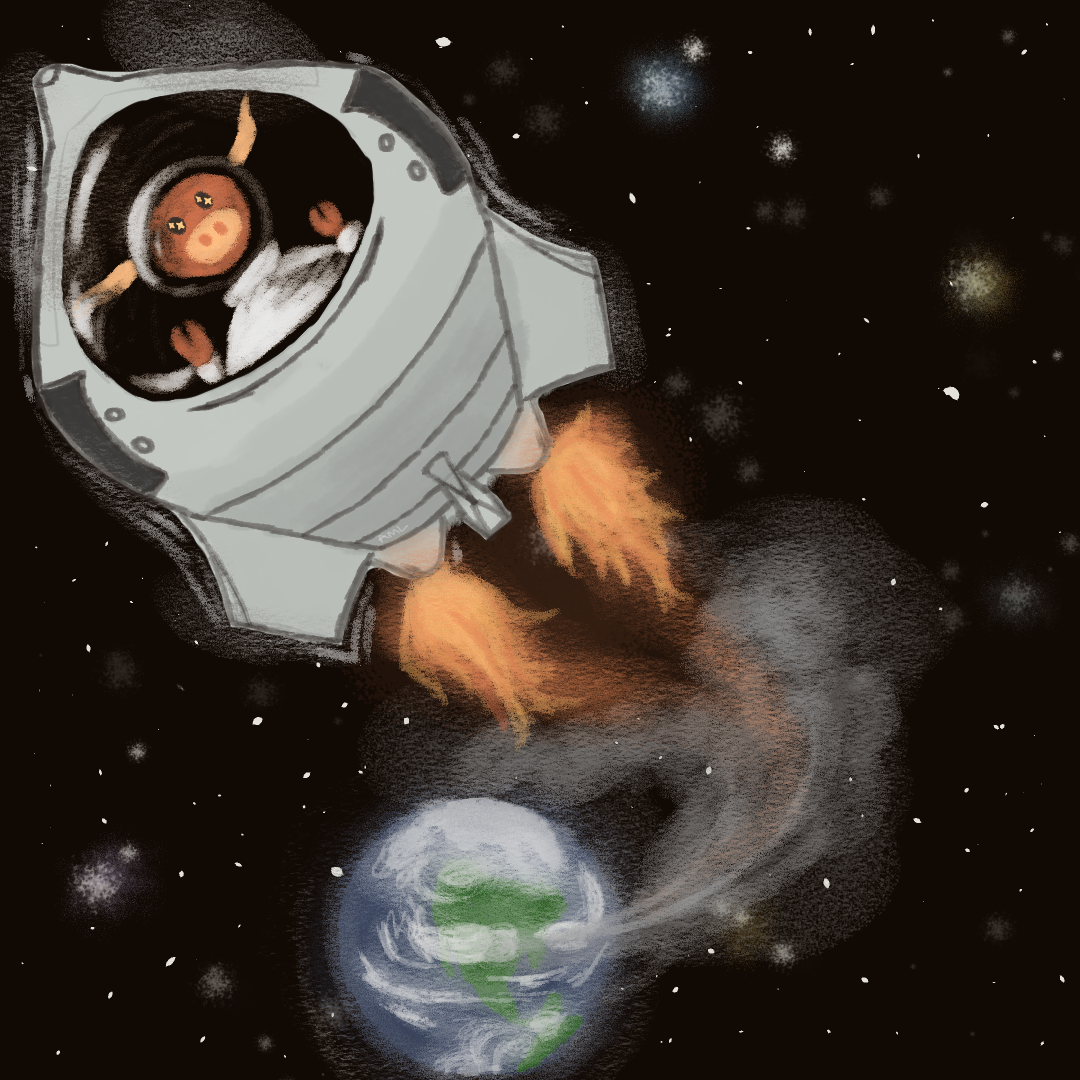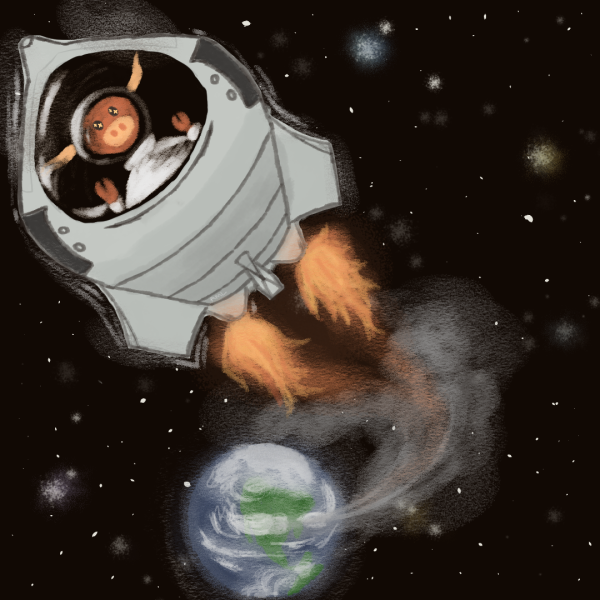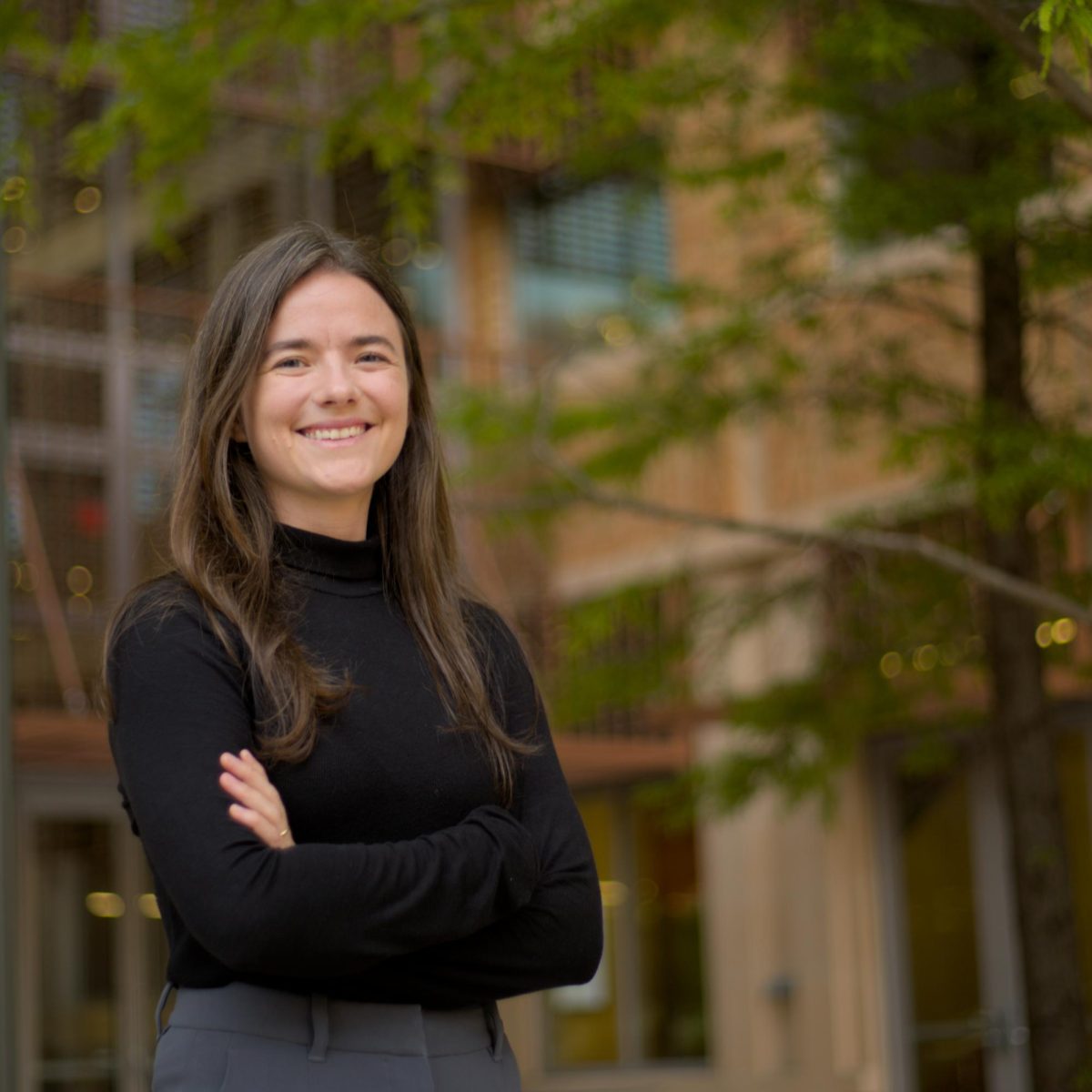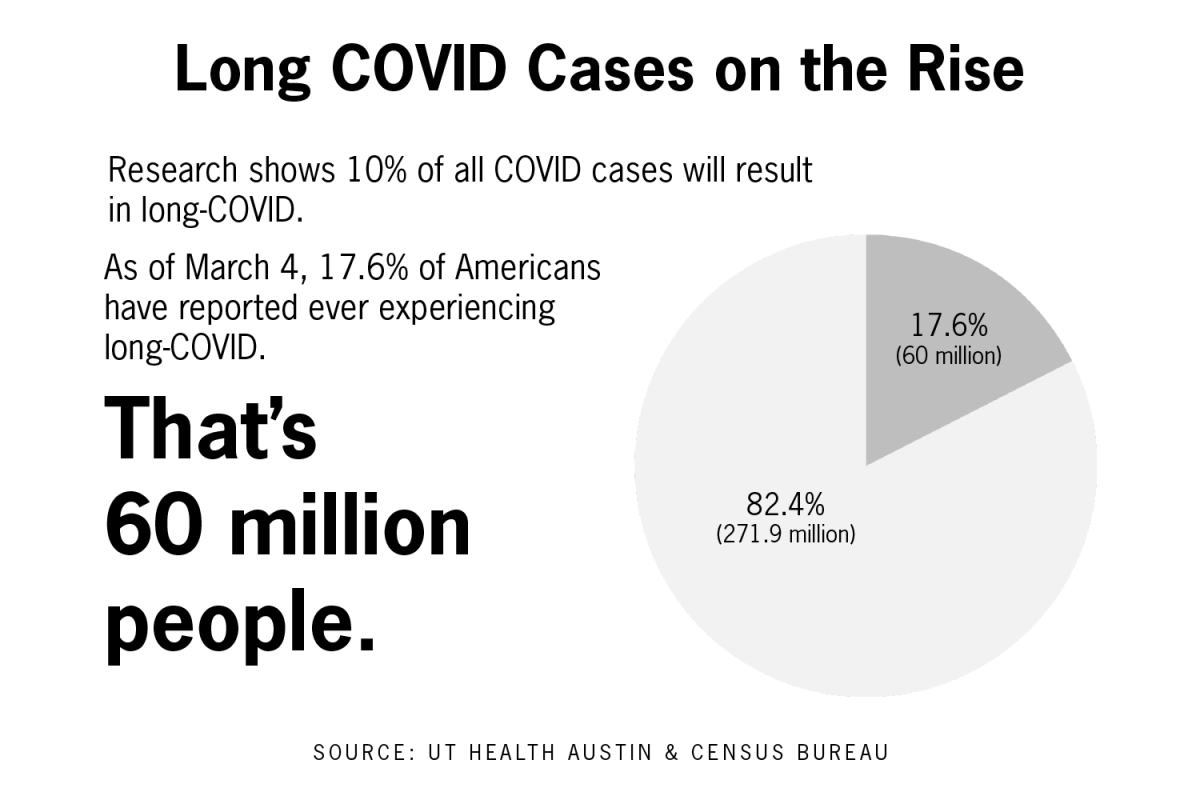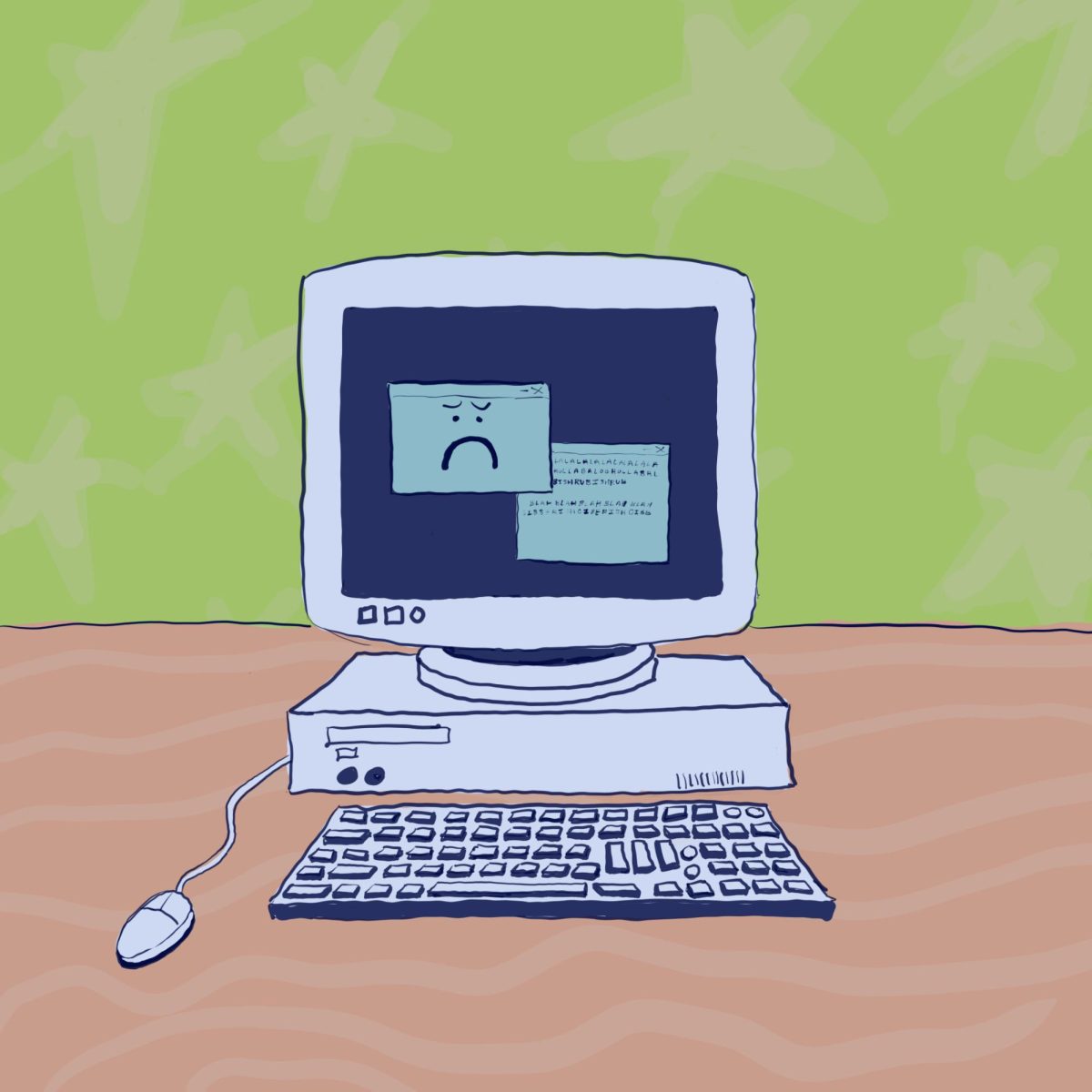Two UT professors will collaborate on an upcoming NASA satellite mission to detect gravitational waves.
The European Space Agency recently adopted the mission with support from NASA. The Laser Interferometer Space Antenna mission will use three satellites launched into orbit around the sun to study the gravitational waves emitted by the movement of astronomical objects. This can help explain the evolution of galaxies, said Deirdre Shoemaker, professor and collaborator on the LISA mission.
“Most galaxies, including our own, have this big black hole sitting in the center … a billion times the mass of the sun, and there’s a lot of questions about how they arrived to be that mass,” Shoemaker said. “How do (black holes) get to be that way? And it can tell us a lot about how galaxies, including our own, evolved in time.”
The LISA satellites’ goal is to record passing gravitational waves, said Aaron Zimmerman, an assistant professor in the College of Natural Sciences working on the LISA mission. They do this by sending laser lights between the three satellites to measure the distance between them.
“As a gravitational wave passes through, say the LISA trio, it will have the effect of pulling and pushing on the satellites a little bit,” Zimmerman said. “This differential motion will cause the satellites to come closer or further apart from each other. That will change the distance between the two satellites very slightly.”
The data collected by LISA will apply to a diverse array of research in physics and astronomy, said Shoemaker, a theoretical physicist.
“I solve Einstein’s equations, or Einstein’s theory, and predict what these black holes’ signatures look like,” said Shoemaker. “So, when we get the data (from the satellites), does it match (today’s theory) perfectly? Or can we get good enough at the data that we start to see differences?”
Beyond the theory aspect, LISA’s data can begin to answer questions of how black holes form and interact with one another and other systems and how stars live and die, Zimmerman said.
“LISA (can detect) new systems that can make gravitational waves, systems that we’ve never been able to detect before in this way,” Zimmerman said. “And there’s a lot we can learn with that.”



